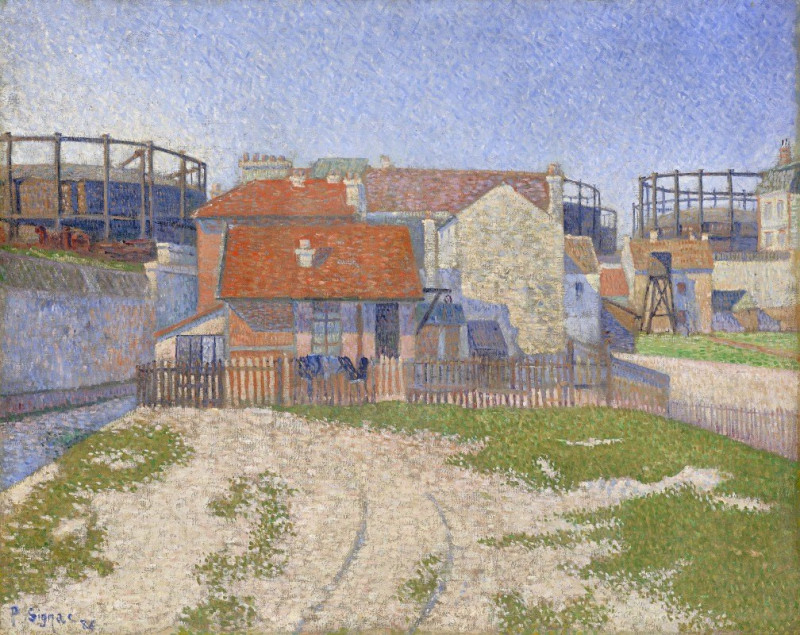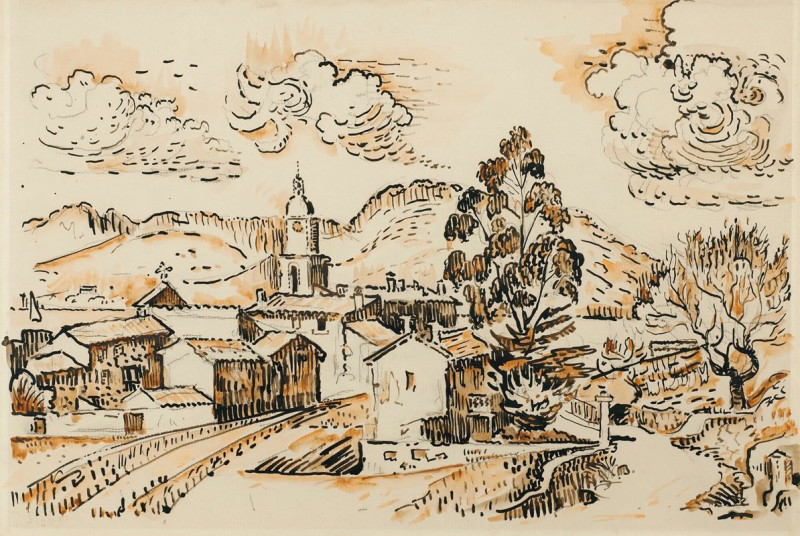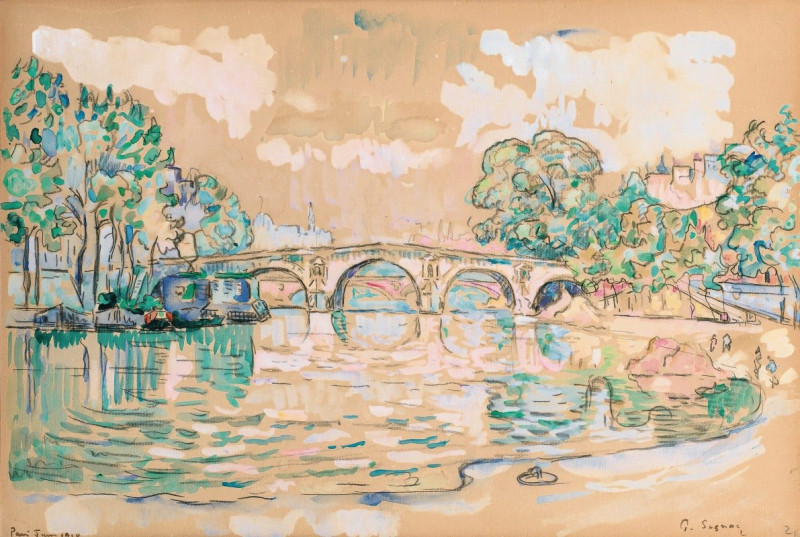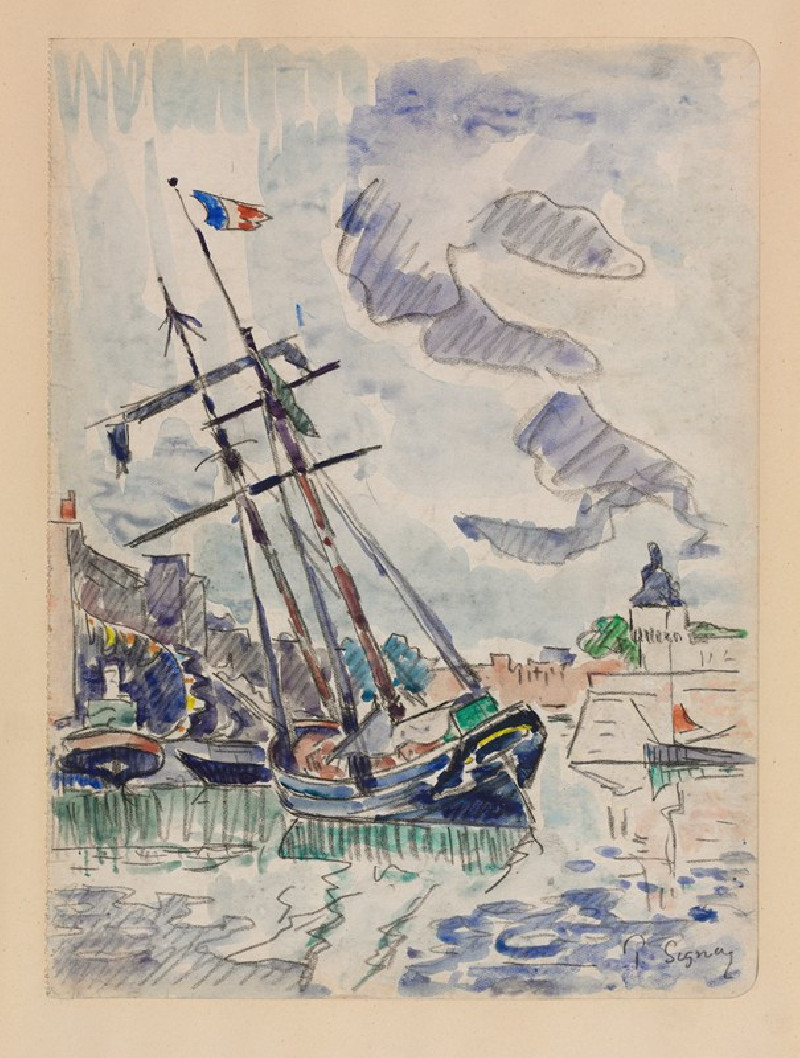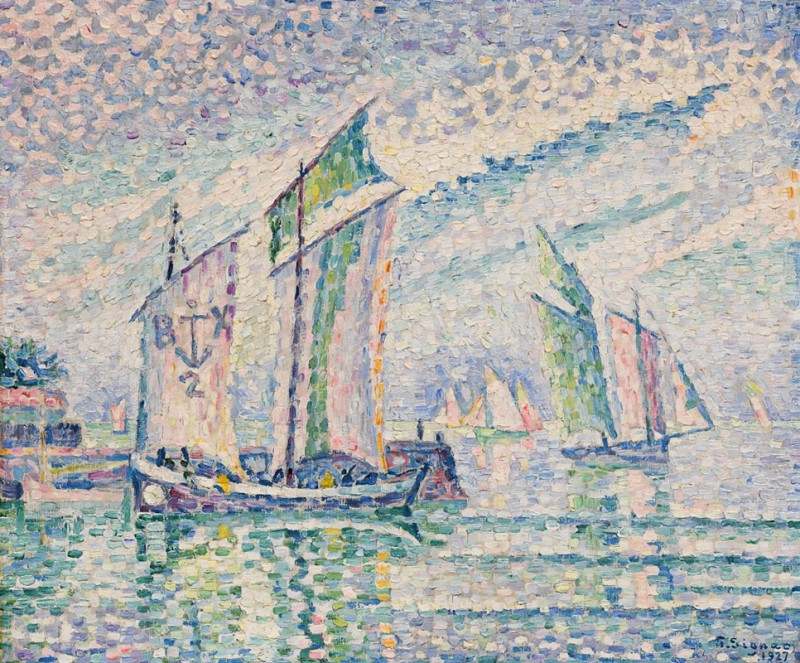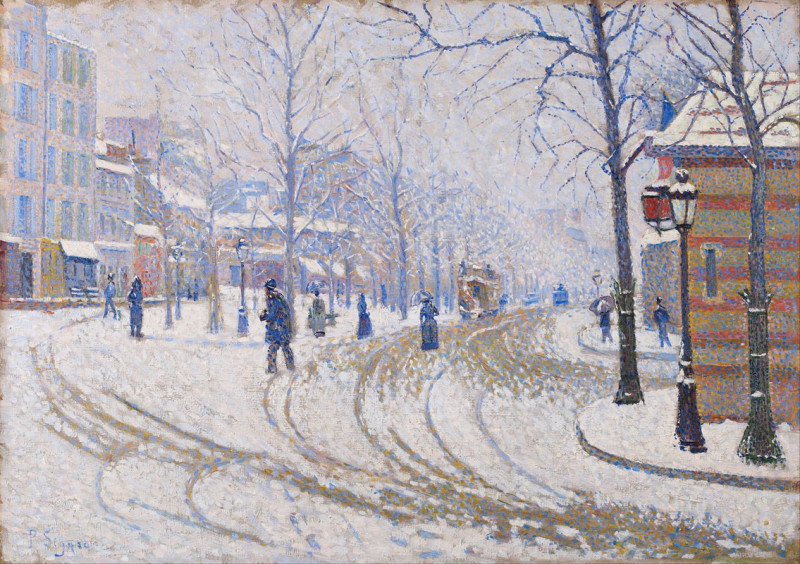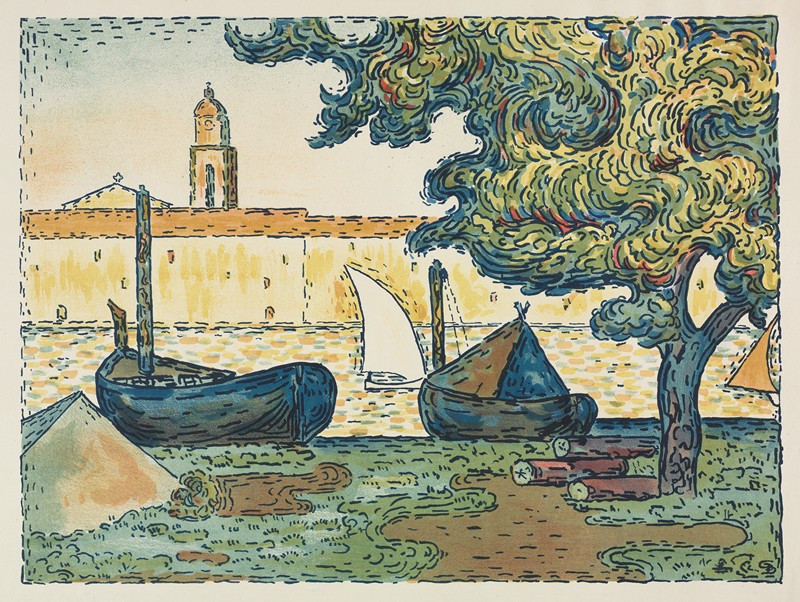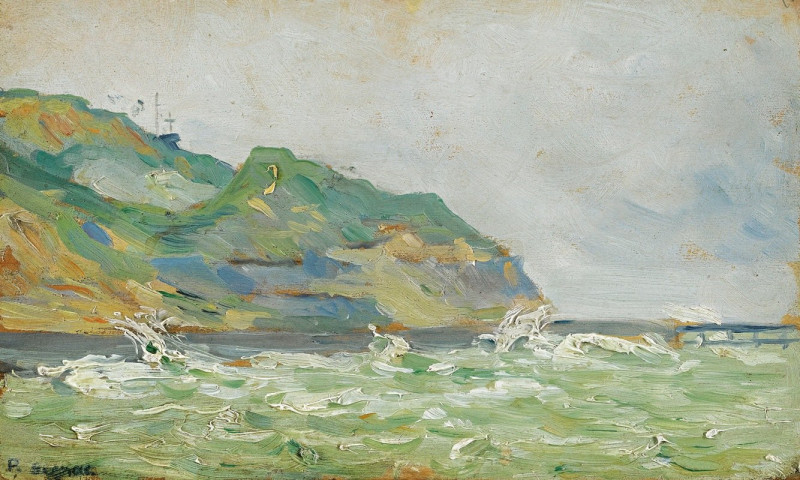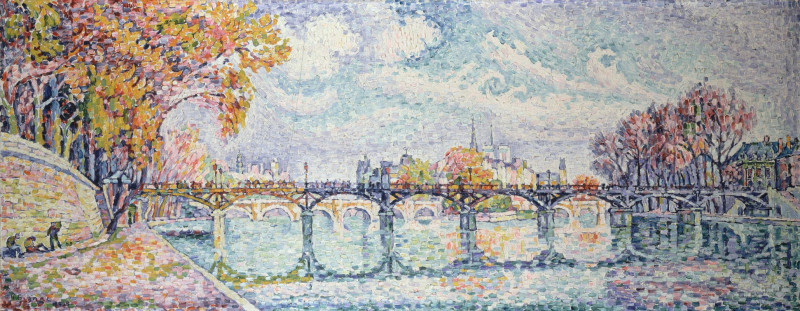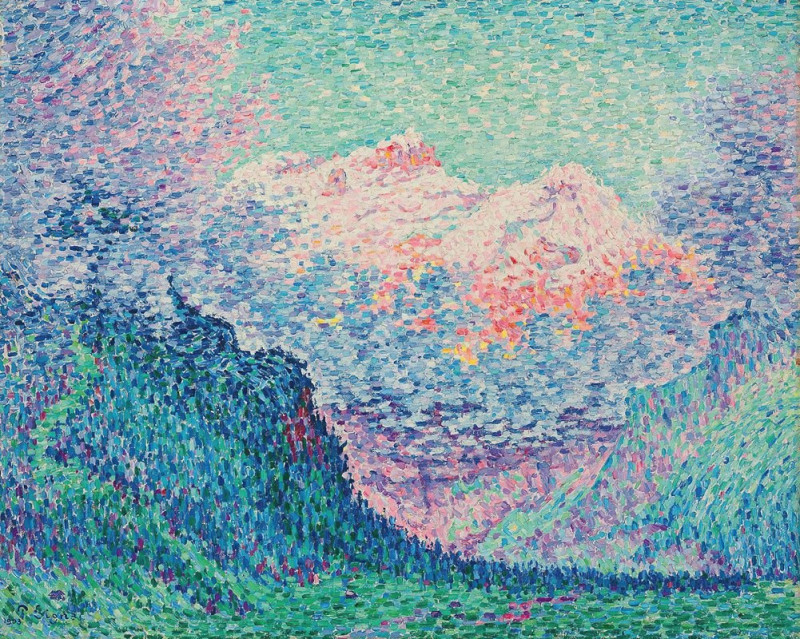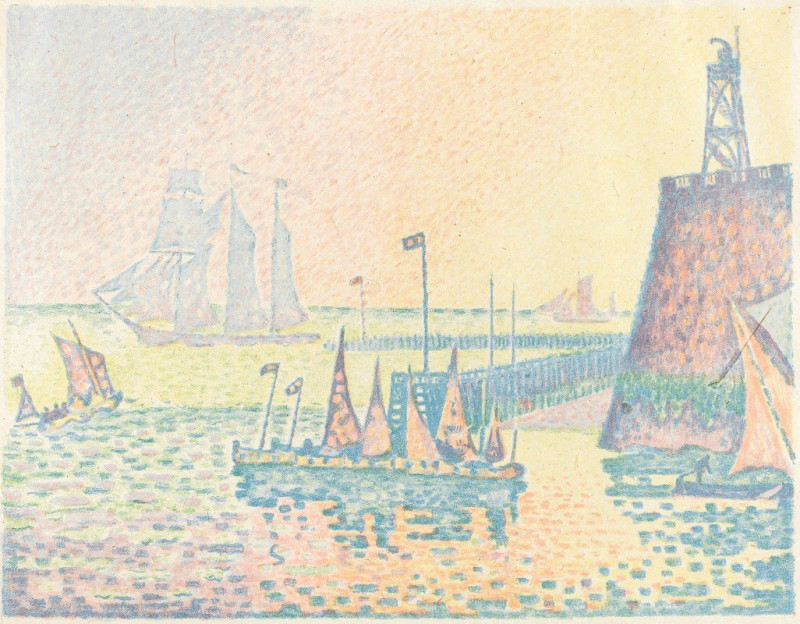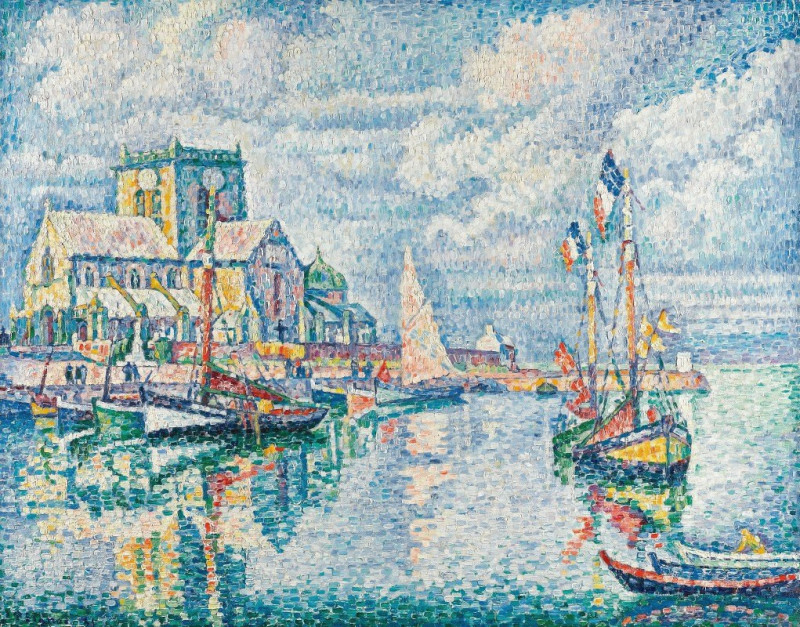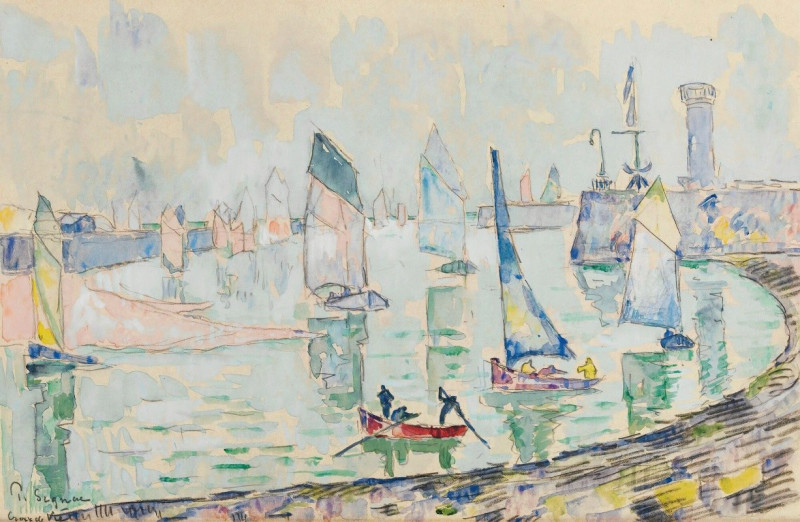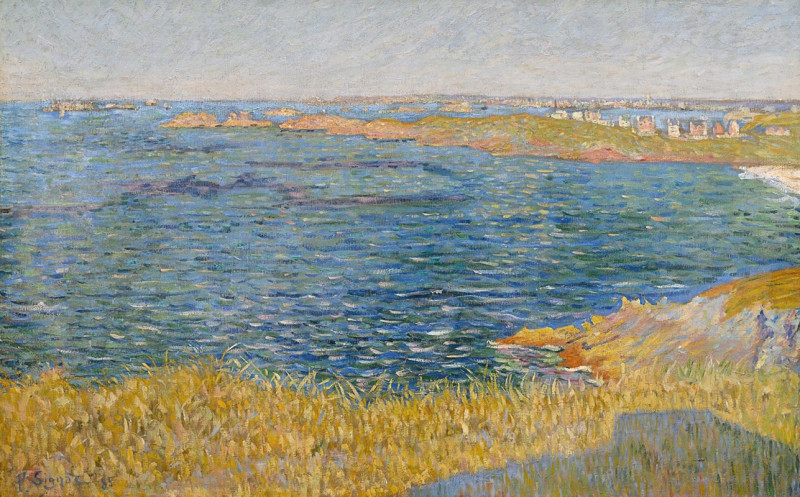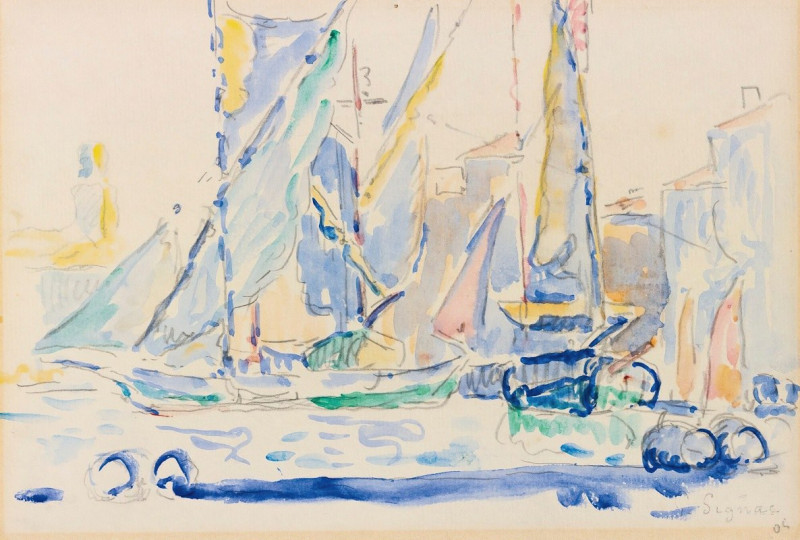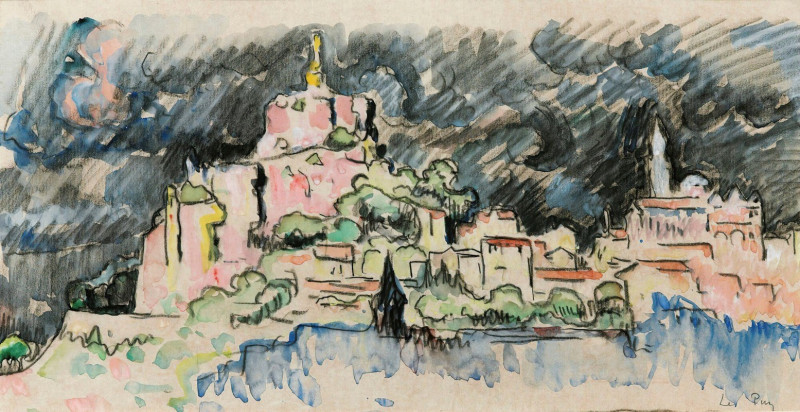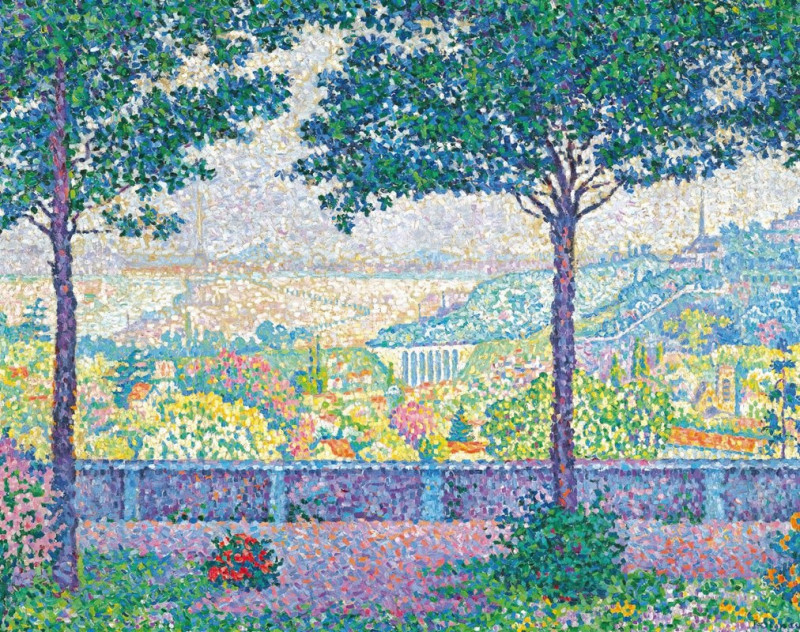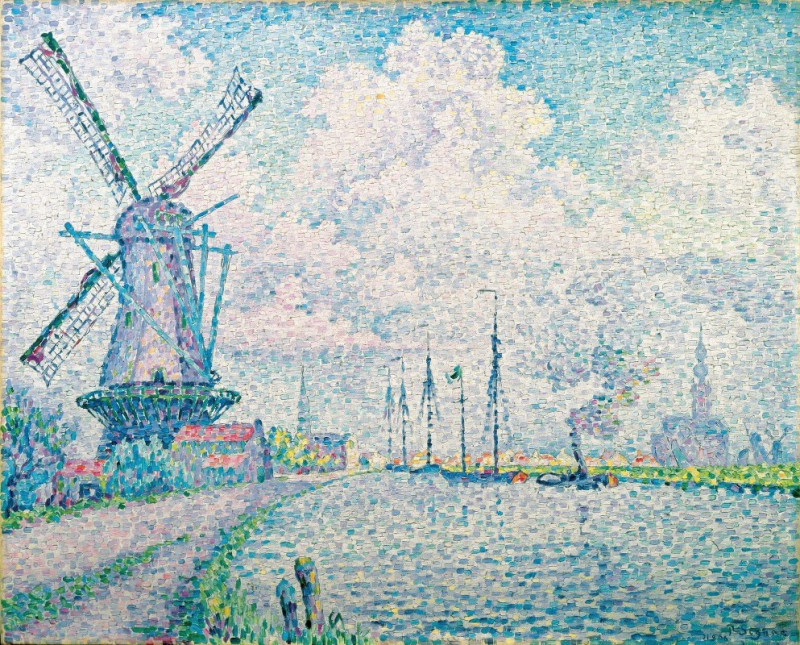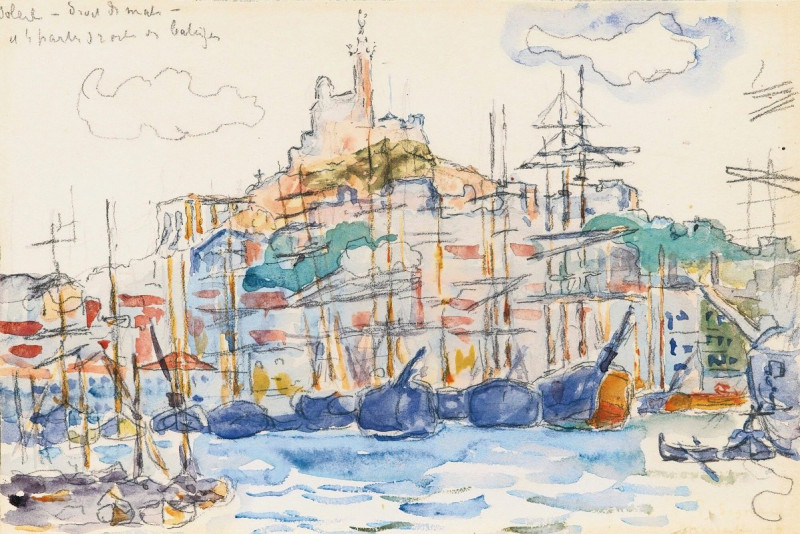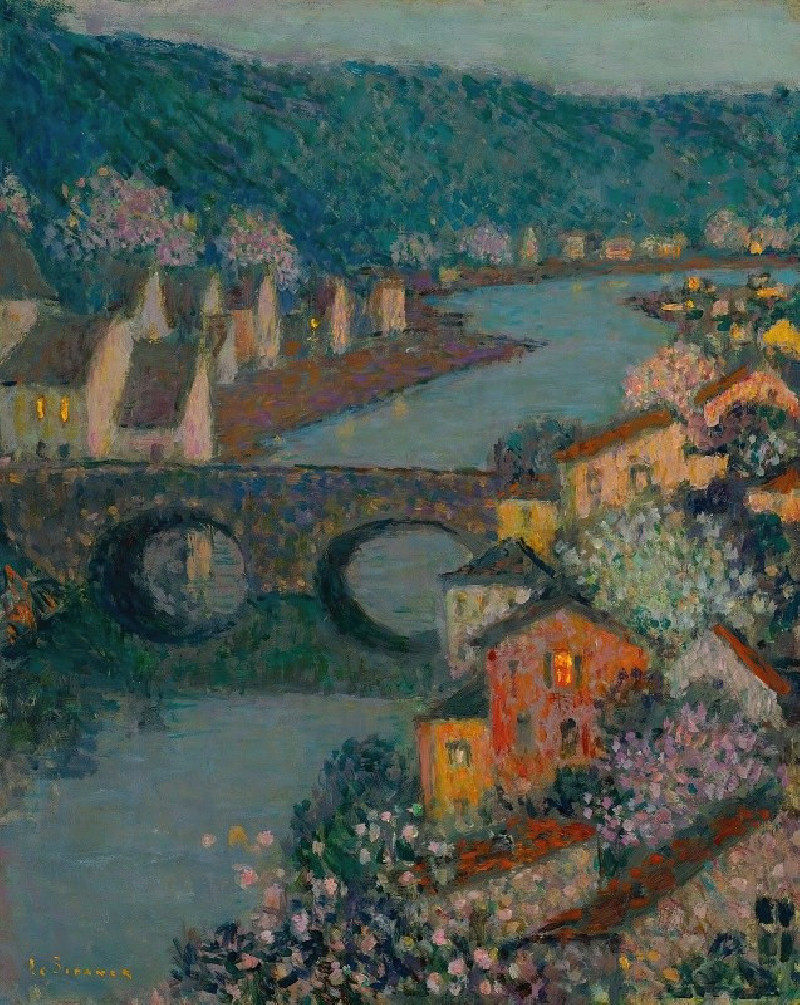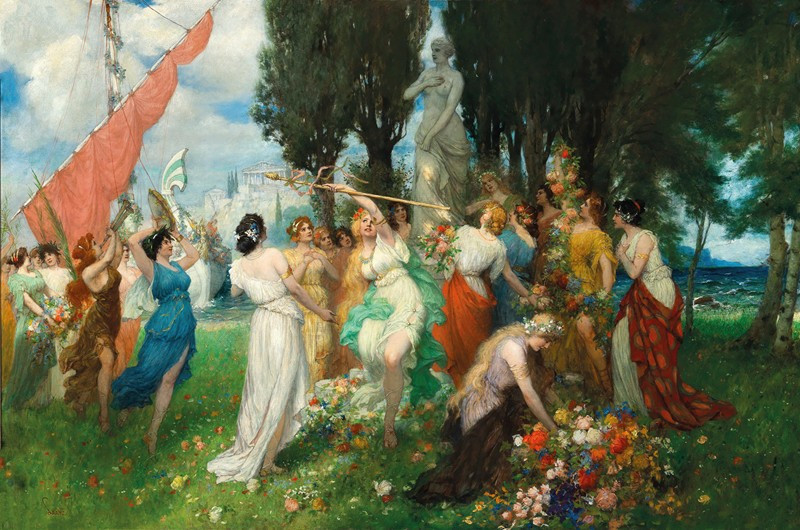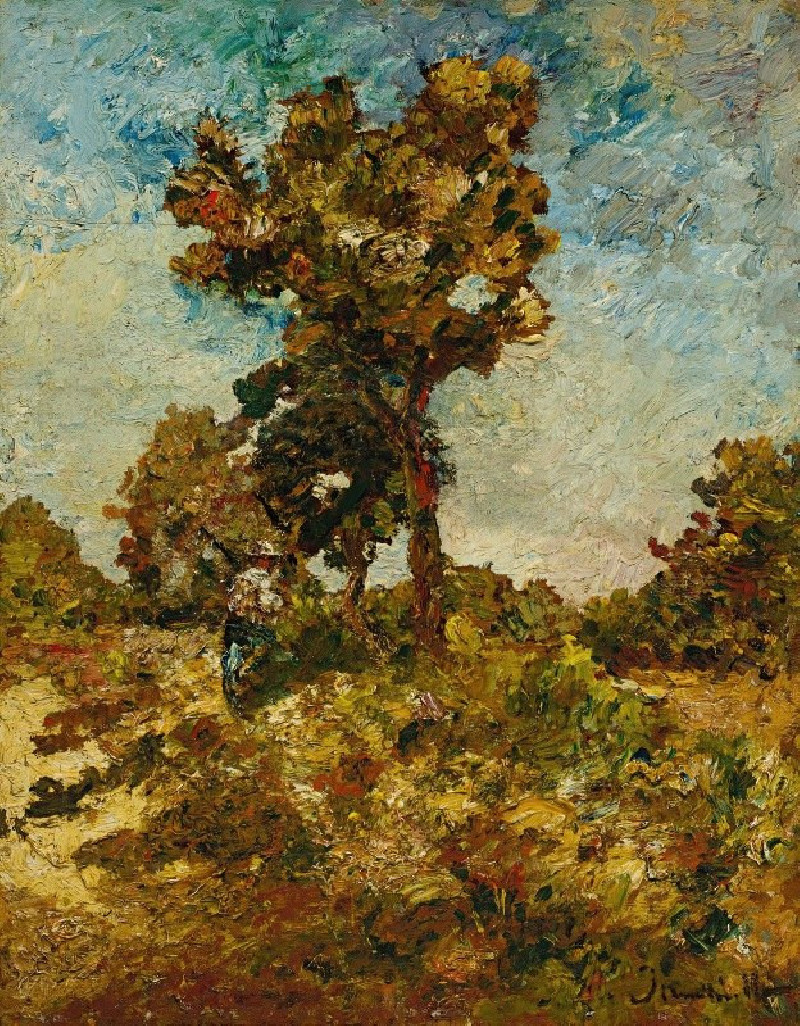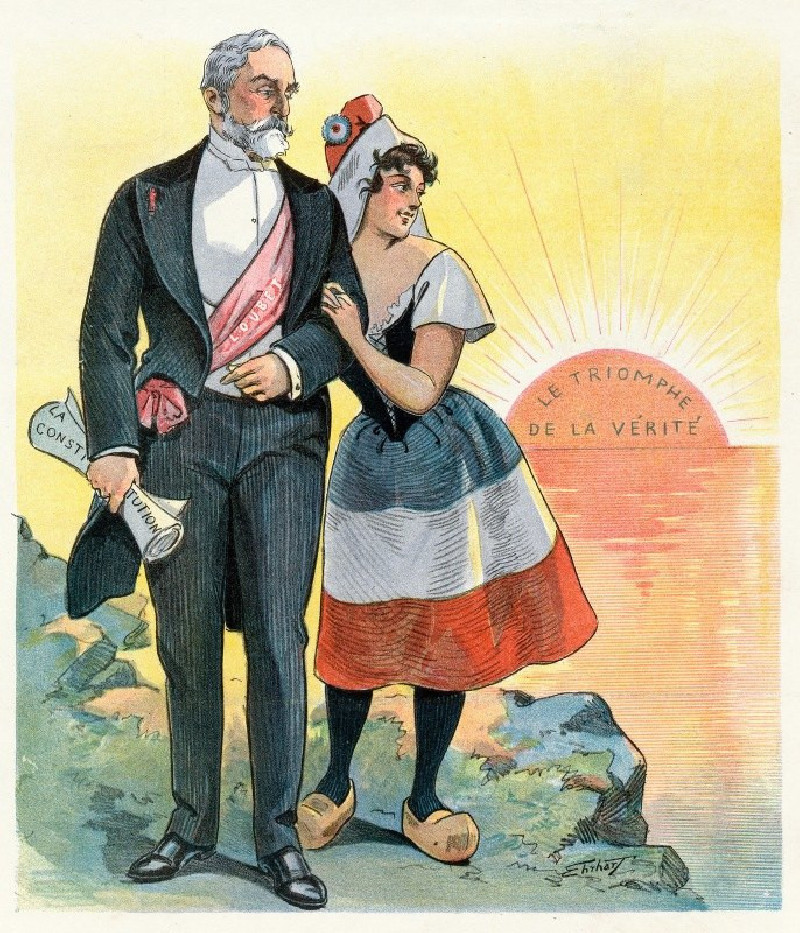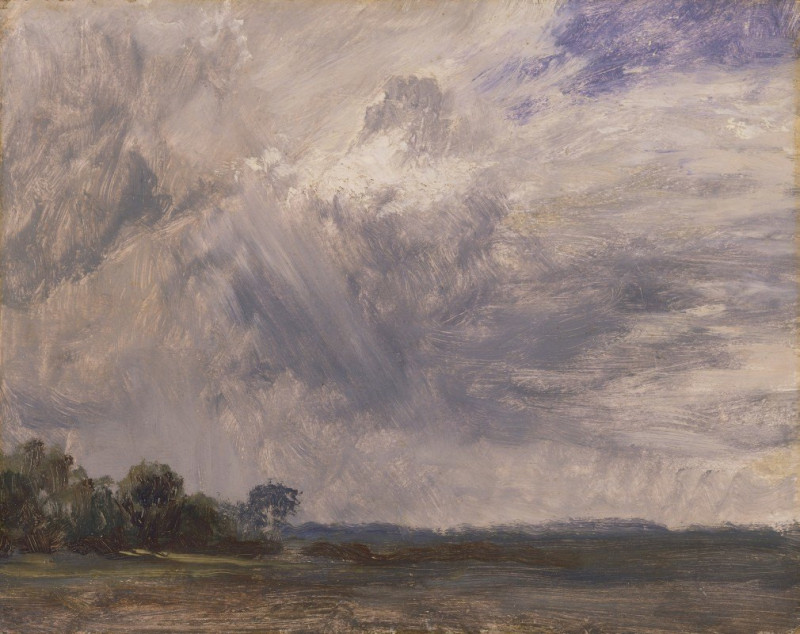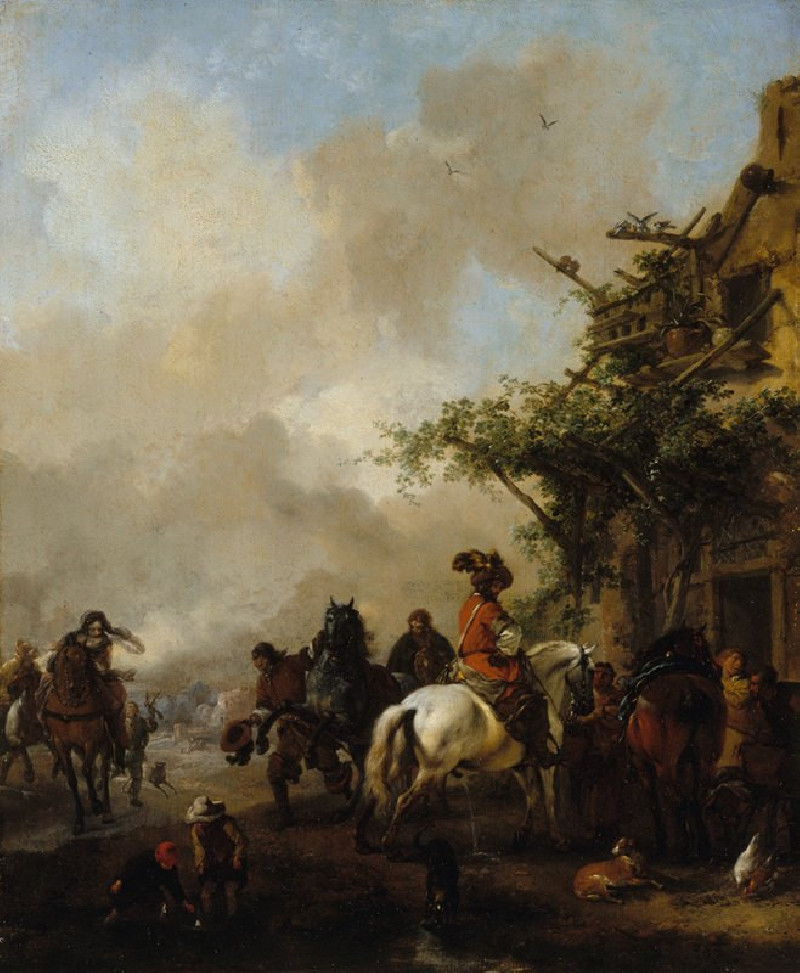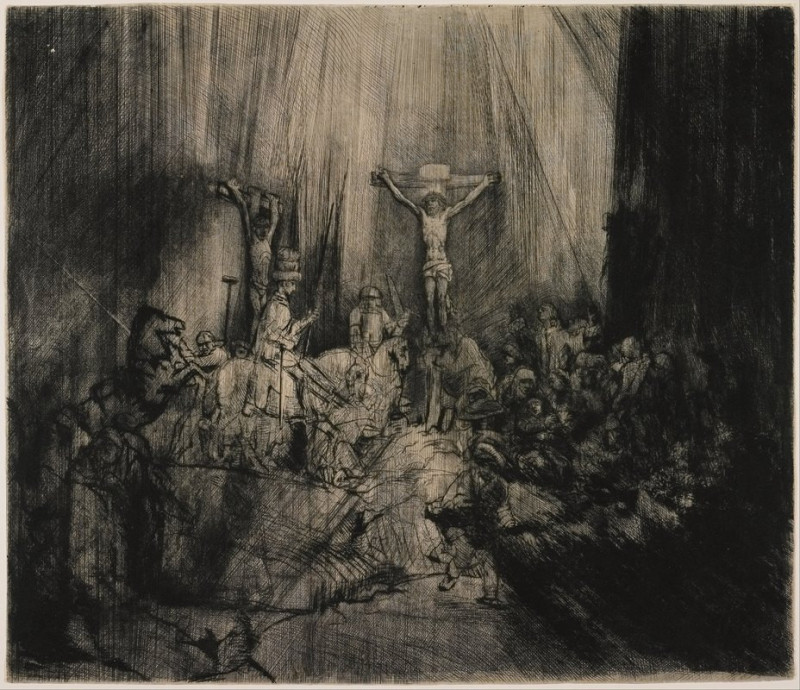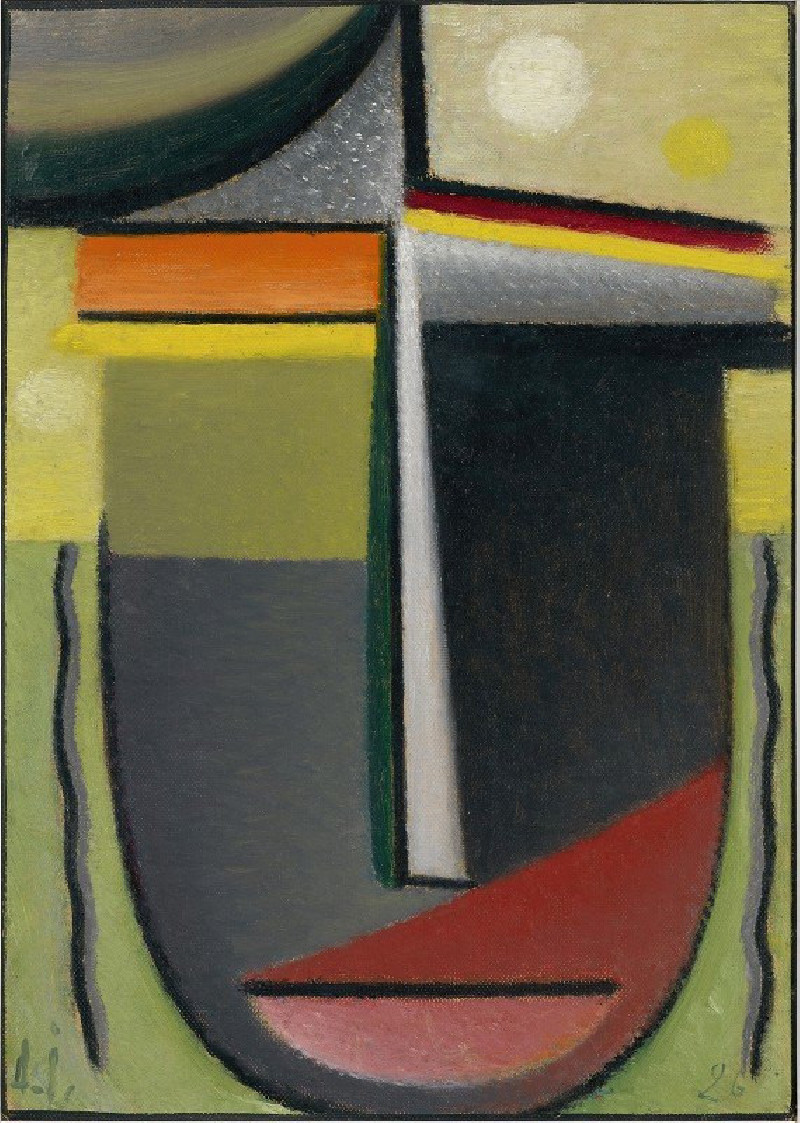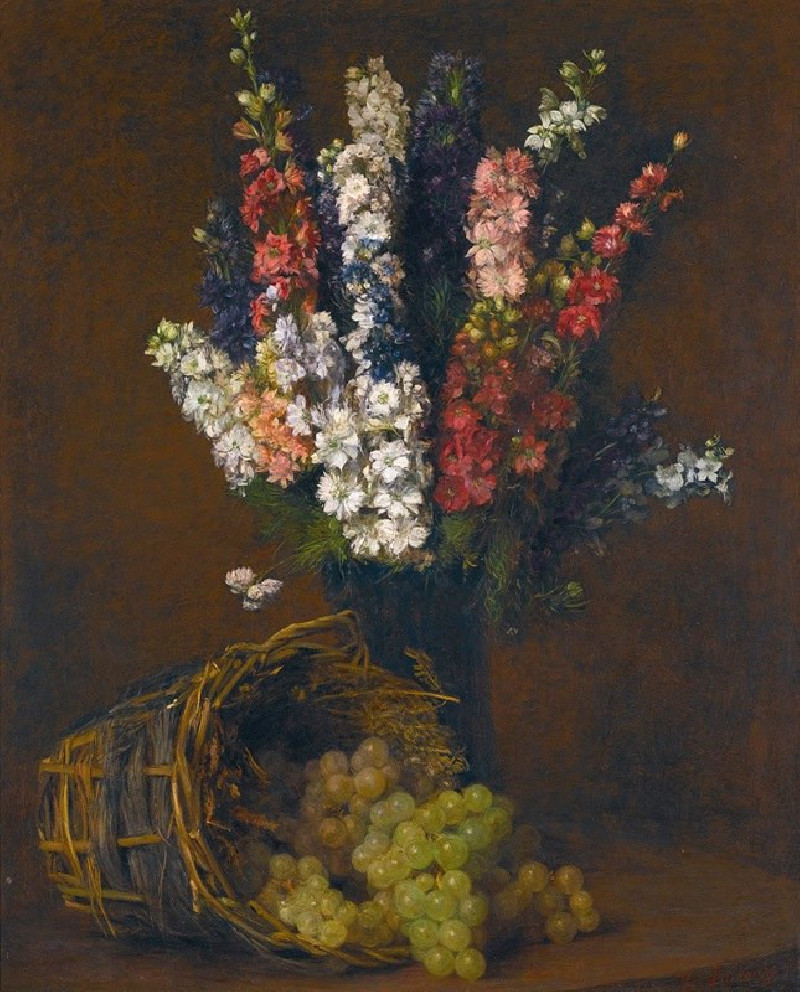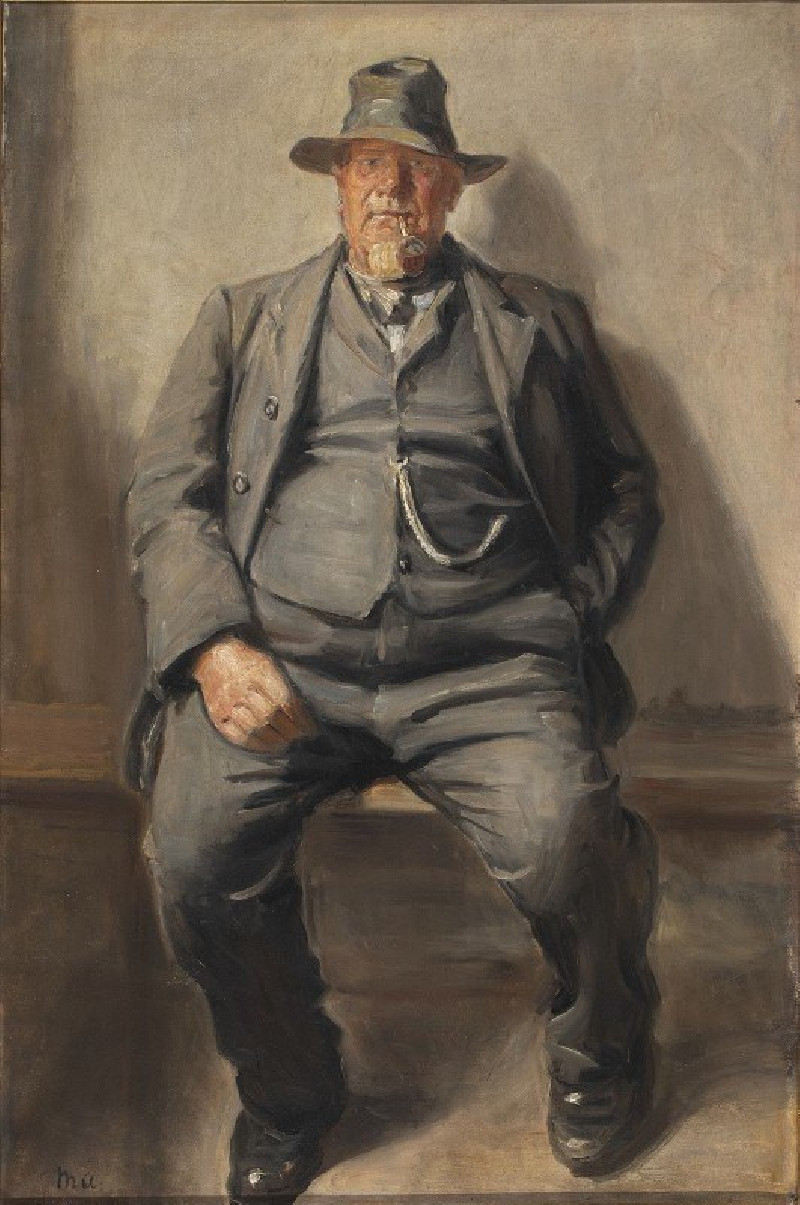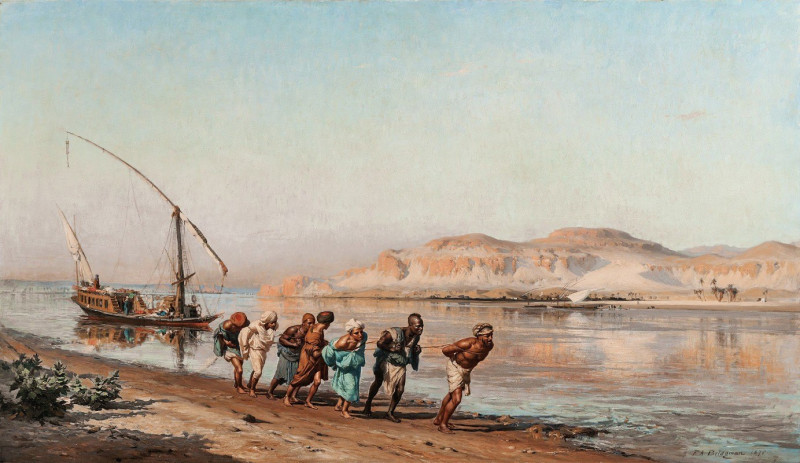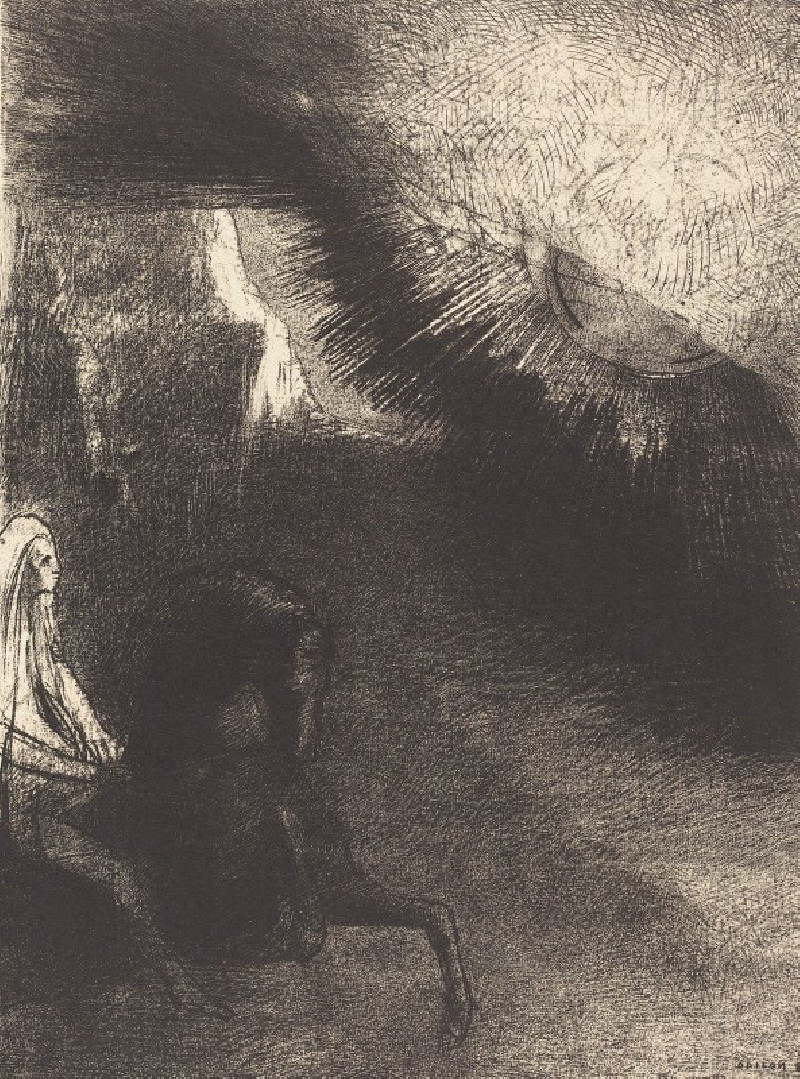Gasometers at Clichy
Technique: Giclée quality print
Recommended by our customers
More about this artwork
In "Gasometers at Clichy," renowned Neo-Impressionist Paul Signac captures a striking mixture of industrial progress and everyday rural life at the edge of 19th-century Paris. The painting, characterized by Signac's masterful application of pointillism, melds vibrant hues and meticulous detail to convey a snapshot of transformation during the Industrial Revolution.At first glance, the composition centers around a dirt pathway leading towards a small, rustic house with a vivid blue fence. This tranquil dwelling contrasts sharply with the imposing gasometers in the background, symbols of industrial growth and the technological advances of the era. These large, cylindrical structures dominate the scene, signaling the encroachment of industry into traditional landscapes.Signac's use of color reveals his characteristic attention to light and atmosphere. The sky, textured with a tapestry of blue and white brushstrokes, creates a luminous backdrop that highlights the industrial frameworks, yet also enhances the simplicity of the homes and the placid life they represent.This painting is not just a visual record but also a commentary on the dual forces at play during this period: the persisting pastoral existence and the burgeoning industrial scene. As such, "Gasometers at Clichy" offers a poignant reflection on the era’s complex socio-economic changes, making it a significant work in the study of urban landscape in art.
Delivery
Returns
Paul Signac (1863-1935) was a French Neo-Impressionist painter. Together with Georges Seurat, Signac developed the Pointillism style. He was a passionate sailor, bringing back watercolor sketches of ports and nature from his travels, then turning them into large studio canvases with mosaic-like squares of color. He abandoned the short brushstrokes and intuitive dabs of color of the impressionists for a more exact scientific approach to applying dots with the intention to combine and blend not on the canvas, but in the viewer's eye.

